Two types of plums, the European and the Japanese variants, originate from two different countries. European plums were first documented in the Caucasus, with Pompey the Great being known to have cultivated the trees as early as 65 B.C., while Japanese plums have been documented in China, with the philosopher Lao Tzu believed to have been born under the tree. Plums are a member of the rose family, Rosacea, and are related to peaches, apricots, nectarines and almonds.
America’s early settlers were responsible for introducing European plums to the terrain, eventually replacing the wild plums native to the land. There are over 2,000 varieties of plums typically grown in temperate regions, such as China, Romania and the U.S.
Varieties include the Santa Rosa, Satsuma, Bartlett and Maynard. Their smooth skin, which contains valuable antioxidants, comes in varying shades of yellow, white, green and red.
Fruit-bearing plum trees typically grow white rose-shaped flowers in April. However, collectors are specifically interested in plum cultivars that grow double-flowered plums, such as the Canadian plum.
As a stone fruit, plums can be divided into three categories: clingstone, semi-clingstone and freestone. These divisions vary mainly on the separation of the flesh from the stone, or the pit. Clingstone plums have flesh that adheres to the stone, while freestone plums have flesh free from the stone.
While prunes are usually described as dried plums, not all plums can be processed into prunes. Prunes are specifically produced with the Prunus domestica cultivar because its sugar content keeps it from fermenting during the drying process.
While prunes and plums come from the same plant, their nutritional components largely differ. For example, one cup of sliced, raw plums contains only 76 calories, while the same amount of prunes contains a whopping 418. Fresh plums are high in sugar with 16 grams per serving, while the dried variety takes it over the top with 66 grams.
Because of the high sugar content of prunes, it would be best that you consume this dried fruit in moderation. While it may offer many benefits, it may also open doors to numerous health problems when eaten in excess. If you’re trying to limit your fructose levels, some alternative fruits you can consume are blueberries, grapes, apples and pears, which were found to decrease the risk for Type 2 diabetes.
Luther Burbank, a pioneer in agricultural science, tirelessly conducted cross-breeding experiments on plums to produce a tree with all the right attributes, such as “stability, novelty, variety, hardiness, beauty, shipping quality and adaptability.” It was his belief that a prune wouldn’t dry into a marketable fruit unless the plum contained a minimum sugar concentration of 15%.
To choose a ripe plum, hold it in your hand and make sure it’s hefty. Its flesh should slightly give at the bottom end of the fruit. Harder plums can be softened by storing them in a brown paper bag at room temperature, but unfortunately, this will not increase its sweetness.
Plums, apricots, apples, pears and peaches contain a chemical called amygdalin, which may be converted into glucose, benzaldehyde and cyanide. It’s a controversial substance used to make the patented drug Laetrile (Amigdalina B-17 or vitamin B17).
Laetrile was first used in Russia in 1845 as a cancer treatment and was eventually adopted in the U.S. in the 1920s. While it was widely marketed as a cancer treatment, it showed little to no effect on cancer in animal studies and human clinical trials.
Health Benefits of Plums and Prunes
The significant amounts of flavonoid polyphenolic antioxidants in plums, such as lutein and cryptoxanthin, may help fight aging and disease by combating free radicals and reactive oxygen species. Red blood cell-formulating iron, heart- and blood pressure-regulating potassium and fat- and carbohydrate-metabolizing B vitamins, such as niacin, B6 and pantothenic acid, are important components in both plums and prunes.
Vitamin A and zeaxanthin in plums are eye-protective, because they absorb into the retina and filter ultraviolet light. In addition, the vitamin C content of plums may help protect LDL from oxidation, which is especially beneficial for people at risk for atherosclerosis (the hardening of the arteries).
Classified as phenols, neochlorogenic and chlorogenic acid are two unique phytonutrients in plums and prunes, and have been the subject of numerous clinical trials in recent years. This is because of their antioxidant effectiveness, especially against one of the most damaging free radicals: superoxide anion radical.
Both fresh and dried plums are known as a natural laxative, mainly due to their high sorbitol content. The fiber in plums and prunes may also play an important role in feeding the good bacteria in your gut. In a 2018 animal study in the journal Frontiers in Microbiology, researchers found that dietary fiber treatment may help improve gut health by promoting microbiota changes.
Plums Nutrition FactsServing Size: 3.5 ounces (100 grams), raw |
||
| Amt. Per Serving |
% Daily Value* |
|
| Calories | 46 | |
| Total Fat | 0 g | |
| Saturated Fat | 0 g | |
| Cholesterol | 0 mg | |
| Sodium | 0 mg | |
| Total Carbohydrates | 11.42 g | |
| Dietary Fiber | 1.4 g | |
| Sugar | 9.92 g | |
| Protein | 0.70 g | |
| Vitamin A17 µg | Vitamin C | 9.5 mg |
| Calcium6 mg | Iron | 0.17 mg |
Studies on Plums and Prunes
There have been numerous studies conducted regarding the potential health benefits of prunes and plums as separate food products. Because of their numerous active components, it’s no surprise that plums are linked to the preservation of numerous bodily systems. In a 2017 comprehensive review, researchers found 24 different studies that pointed to plums and prunes’ enhancing effect on bone formation and bone loss inhibition.
An article published in Critical Reviews in Food Science and Nutrition also showed that the active compounds that plums and prunes contain may increase satiety, which may help fight obesity, diabetes and cardiovascular diseases. Another study links Asian plum juice concentrate, or Bainiku-ekisu, to lowered risk of cardiovascular disease due to its effect on reactive oxygen species and human blood fluidity.
In terms of brain health, the phenolics in plum juice were found to help slow down the cognitive decline that typically accompanies aging. In one animal study, rats were given plum juice and dried plum powder to determine which had a more pronounced effect. The plum juice-fed rats showed better working memory than the dried plum powder-fed group.
Plums and Prunes Fun Facts
Luther Burbank conducted some incredibly inventive experiments with fruits, including the plum. An example is the “plumcot” — half plum and half apricot. He also produced the pluot, which was 75% plum and 25% apricot, and the aprium, a 75% apricot and 25% plum mix.
Summary
The natural sweetness and versatility of plums make them one of the best fruits to have on hand all year round. Raw plums can be eaten fresh and dried, or sliced and added to garden salads. Meanwhile, prunes — simply the dried version of plums — are a great snack by themselves, and can be added to breads, cookies or muffins.
Plums and prunes will not disappoint you, nutrition-wise. Loaded with free radical-scavenging antioxidants, vitamins A and C, zeaxanthin, potassium, fat and fiber, these two treats offer numerous health benefits such as helping maintain cardiovascular health, bone structure and digestive health.
Whether it’s fresh plums or dried prunes you crave, make sure you consume these in moderation, as they both contain high amounts of sugar.

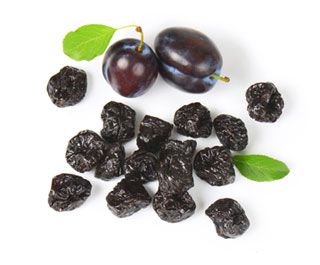

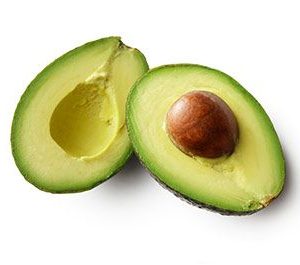
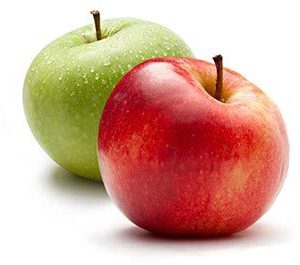
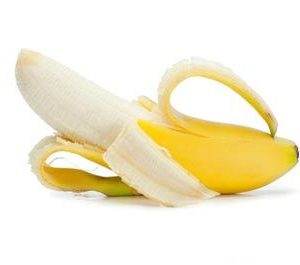
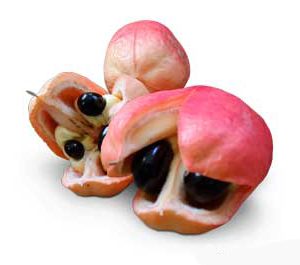
Reviews
There are no reviews yet.